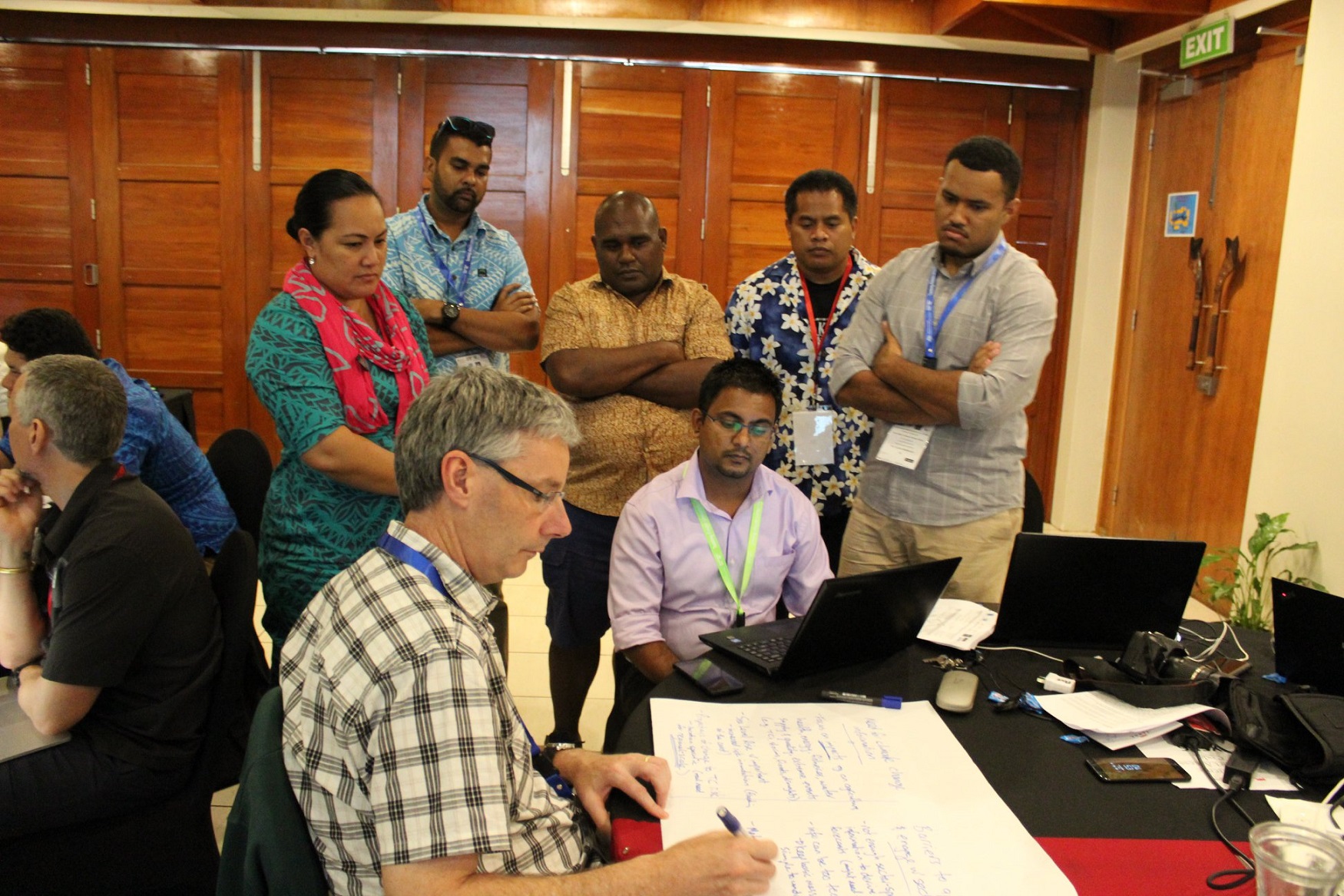WEATHER forecasters can not predict with absolute certainty every natural disaster which may take place.
But they can provide accurate information when they work closely with those who will use that data.
Using the National Climate Outlook Forum (NCOF) concept, meteorologists across the Pacific have committed to a constant improvement in the way they communicate.
Speaking in Nadi, Fiji at the 4th Pacific Islands Climate Outlook Forum (PICOF), senior New Zealand climate scientist Andrew Tait shared with Pacific meteorologists the recorded impact of the NCOF initiative.
Tait, employed by NIWA, the NZ government’s National Institute of Water and Atmospheric Research said the NCOF is currently used by Fiji, Vanuatu, Kiribati and Papua New Guinea and is a useful platform for an improvement in weather and climate information.
“It has led to standardised user friendly production of climate information and products,” Mr Tait said.
“There is an improved understanding among users of weather phenomenon.”
The Principal Scientist with NIWA’s National Climate Centre, Mr Tait is also the chair of the Pacific Islands Climate Services (PICS) Panel and was one of several technical information providers at the fourth Pacific Island Climate Outlook Forum (PICOF-4).
Normally scheduled ahead of the tropical cyclone season, the NCOF serves as a useful preparatory event.
Mr Tait explained it was important for meteorologists and those working in the weather service to improve their understanding of the needs of those who will eventually use weather information.
In the NCOF, meteorologists and scientists are able to exchange information, concerns and best practice lessons with representatives of sectors such as health, agriculture, tourism, water and sanitation.
For the countries which have organised an annual NCOF, end users of weather information are able to use the information to inform better public policy.
“These are opportunities for an engagement process so you try to get a wide spectrum of potential users. We have a pretty good knowledge of who our climate is likely to impact,” he said.
With the goal of informing response to issues like food security, water resource management, disaster management, the process of an NCOF gives meteorologists the opportunity to share their capabilities and end users reciprocate with feedback on what they need.
The region wide version of the NCOF, the PICOF4 which ended in Nadi last Friday did not include sector representatives but instead brought technical partners from New Zealand, Australia, Great Britain, Canada, Hawaii and Korea to help Pacific forecasters prepare for the upcoming cyclone season.
At the PICOF4, participants reviewed data from the past cyclone season to help inform forecasting for the upcoming tropical cyclone season.
The 2018 tropical cyclone season outlook is expected to be released this weekend following endorsement by the heads of Pacific weather services.
PICOF4 is coordinated by the Secretariat of the Pacific Regional Environment Programme (SPREP).
*Lice Movono is a freelance multimedia journalist and a founding member of Pacific Environment Journalists Network



